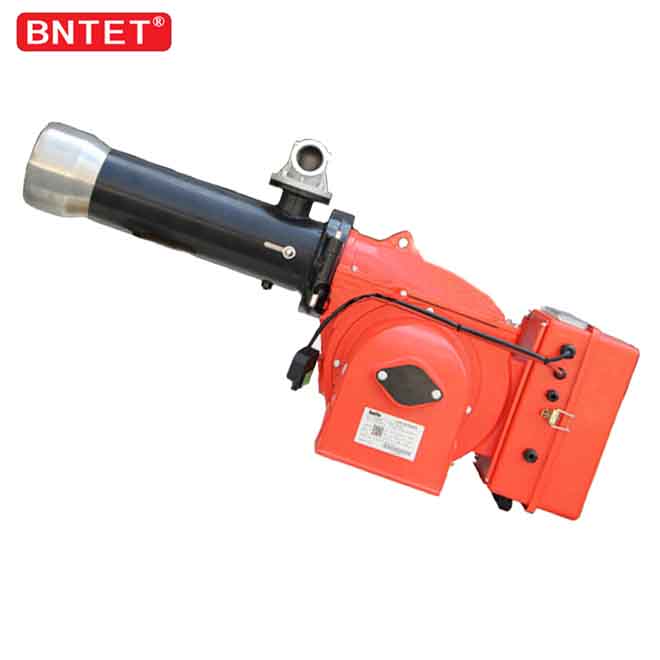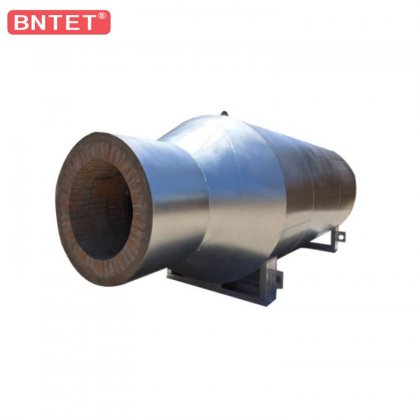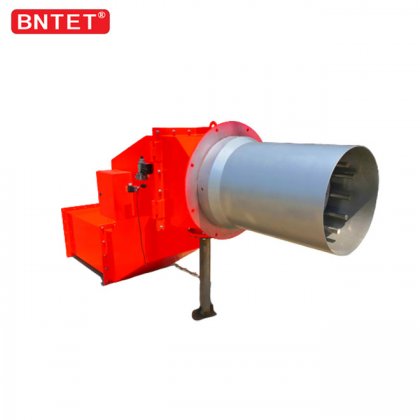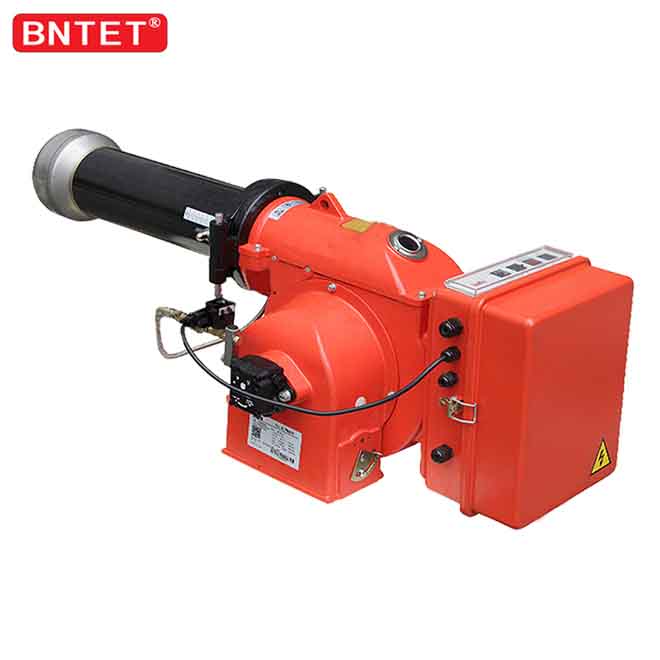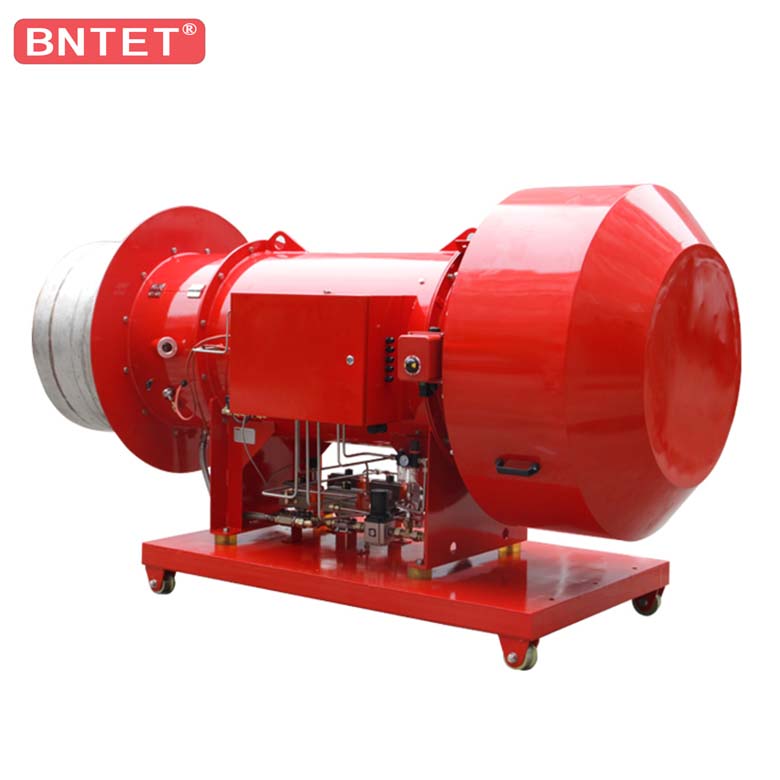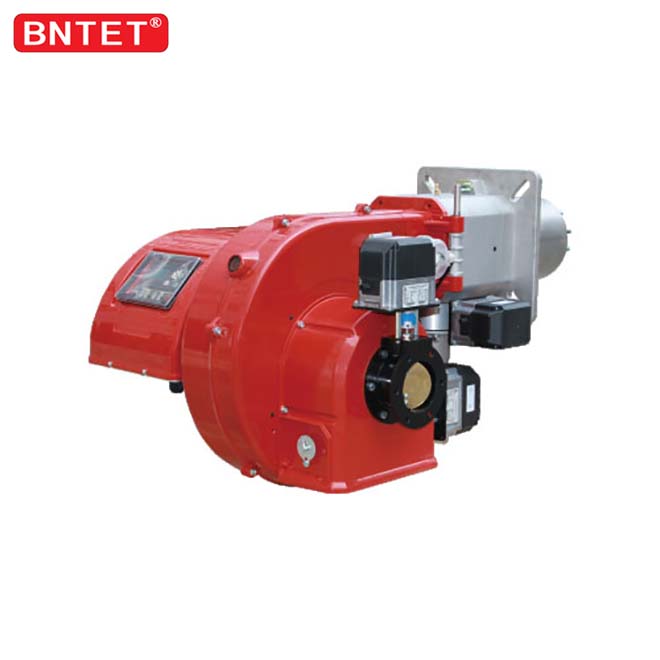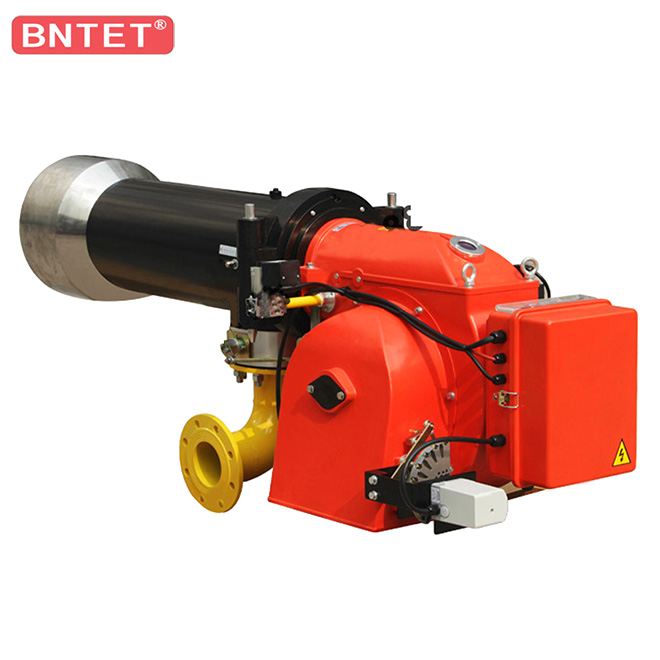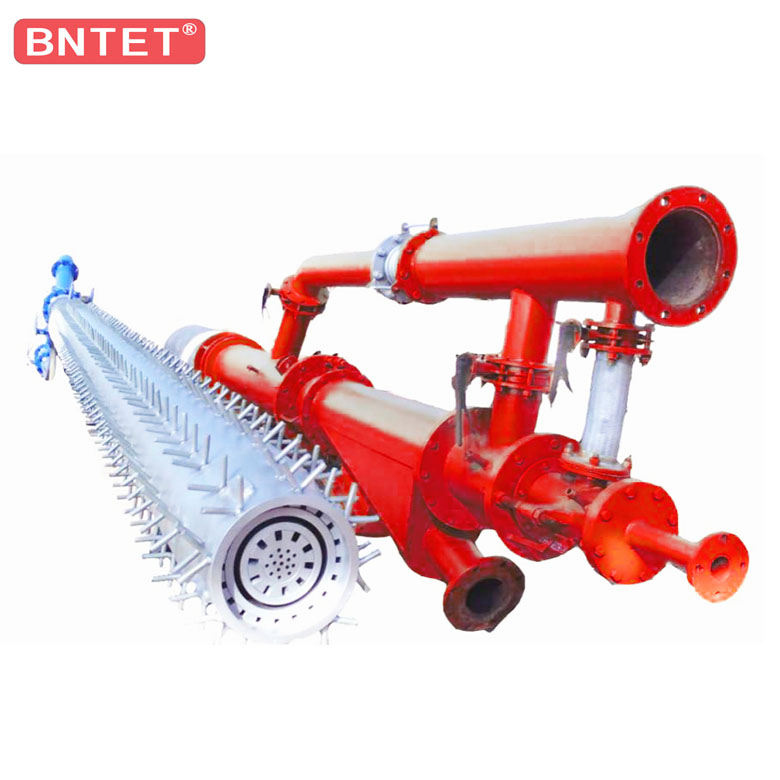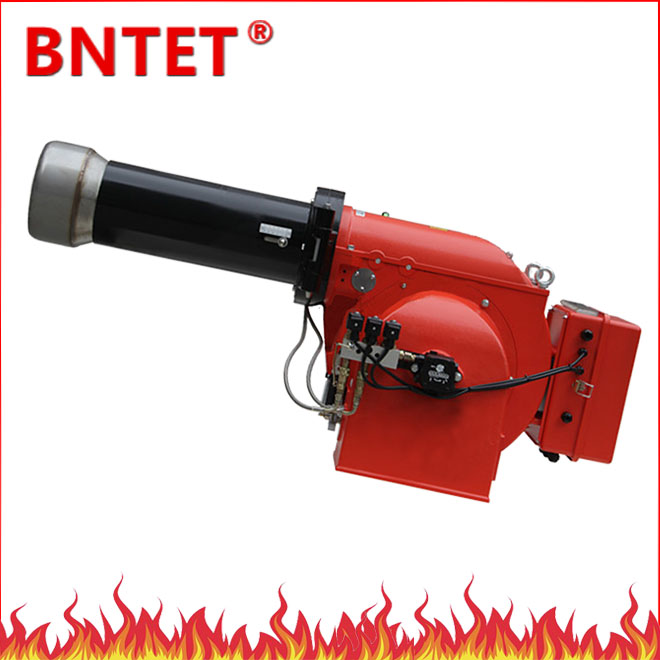
Boot operation:
1. For the newly installed furnace body, carefully check whether the gas meets the requirements of the burner before commissioning; check whether the detection instrument on the gas supply pipeline is normal and whether the pipeline valve is opened and closed normally, and whether it is convenient for future use and maintenance.
2. For newly installed pipelines, carefully check the installation reliability of all pipelines and the tightness of the pipelines.
3. Users who use a separate gasification station must ensure that the gas supply volume and gas supply parameters meet the requirements for safe combustion.
4. Operators carefully read the equipment manual, and are proficient in safe operation knowledge and methods.
5. Check whether the gas valve is open before starting each time, otherwise the burner will not work.
6. Start the power control button on the control cabinet, and the digital display will display the current temperature in the furnace. The temperature of the newly installed furnace body is the ambient temperature.
7. Start the fan control button, and the fan installed on the furnace body will work. If the fan is damaged, the control cabinet will automatically be protected from entering the next step.
8. When the combustion-supporting fan works without abnormal phenomena, restart the combustion control button, and the combustion program controller starts to work at this time. It uses certain procedures to perform ignition, air supply, flame detection, and other procedures to finally achieve safe combustion.
9. When the combustion controller receives a signal that is not conducive to combustion (for example: ignition failure, unstable air pressure, circuit problems) and other problems, the combustion controller immediately turns off the gas and sends out an alarm signal.
10. If the combustion controller alarms, it must be manually reset by the operator after the fault is resolved before it can continue to work.
11. For the operation of the entire equipment, the operator should refer to the furnace safety operating procedures and production process requirements.
12. When the control temperature needs to be adjusted according to the requirements of the production process, the operator should refer to the instructions of the intelligent numerical control table for adjustment.
Shutdown operation:
1) There are two situations for shutdown: The first is: when the temperature in the furnace reaches the set value, it will automatically shut down. At this time, the operator does not need to do any operation. When the temperature in the furnace is lower than the set value, the controller will automatically turn on.
2) The second is: when manual shutdown and shift shutdown, the operator should follow the reverse order when starting up (a. first turn off the combustion control button, b. turn off the fan button, c. turn off the power button last ) Operation shutdown.
3) In the case of a long shutdown time, the operator should close the gas pipeline valve to avoid gas leakage.
Burner maintenance
1. Decomposition burner
a. Drain the oil in the heating oil pool. Remove the power cord, air pipe, oil pipe, and oil pump motor power cord. Remove the burner.
b. Unscrew the fixing screw of the flame stabilization plate and remove the flame stabilization plate. Unscrew the burner cover screw, open the cover, unplug the electrode cable, unscrew the electrode fixing screw, and remove the electrode.
c. Unscrew the bolt that connects the fuel injection head to the fuel suction pipe, and remove the fuel pipe. (You can loosen the air inlet pipe connecting bolts and fixing nuts) Unscrew the nozzle connected to the air inlet pipe. Remove the fuel injector on the nozzle. Remove the O-ring on the injector
d. Open the thermostat box cover, unscrew the screws fixed on the heating oil pool, and remove the thermostat box and the temperature sensor in the heating oil pool from the heating oil pool. Unscrew the nut holding the heating wire and take out the heating wire. Unscrew the nut that fixes the oil suction pipe in the heating oil tank, and remove the oil suction pipe.
e. Unscrew the screw at the bottom of the filter tank to release the oil. Unscrew the screw in the middle of the upper cover of the filter tank, open the upper cover of the filter tank, and take out the filter screen. The parts of the burner that need cleaning and maintenance are disassembled.
2. Clean the burner parts
a. Remove the fouling on the flame stabilizing plate and open the gap. Remove the carbon deposits on the electrode.
b. Use carburetor cleaner to clean the nozzle, nozzle, oil pipe, and oil suction pipe. If the wall of the oil pipe and the oil suction pipe is dirty, clean it with a cleaning rod. Check whether the O-ring is in good condition and replace it if necessary. Do not use carburetor cleaner to clean the O-ring.
c. Remove the grease on the heating wire and temperature sensor. Remove the sludge at the bottom of the heating oil pool.
d. Clean the filter tank and filter screen. Drain the oil in the oil storage tank, remove the sludge at the bottom, and clean the oil tank.
3. Reverse assembly in order of disassembly. Pay attention to the electrode gap (2.5mm) when installing the electrode, the gap between the electrode and other parts. (No ironing) After the assembly is completed, add oil to the heating oil tank to the liquid level mark, and then install and use. (The maintenance of the burner is carried out once a year.)
4. Daily maintenance of the burner
4.1. Cleaning the flame stabilization plate (cleaning for 3-15 days according to the cleanliness of the fuel oil and the usage rate of the burner) Method: remove the burner, clean the flame stabilization plate with carburetor cleaning agent, remove carbon deposits and coking, and maintain The disc surface gap is unobstructed. At the same time, check the ignition electrode gap (2.5 mm). The gap between the electrode and other parts. (No iron)
4.2. Clean the fuel injection head and fuel pipe (clean once every three months) Method: Use high-pressure air to blow at the fuel injection nozzle to clear the fuel path. (Do not use carburetor cleaner to clean the fuel injector) 3. Clean the filter, photoreceptor, and oil spill tank (clean in time according to the usage)
